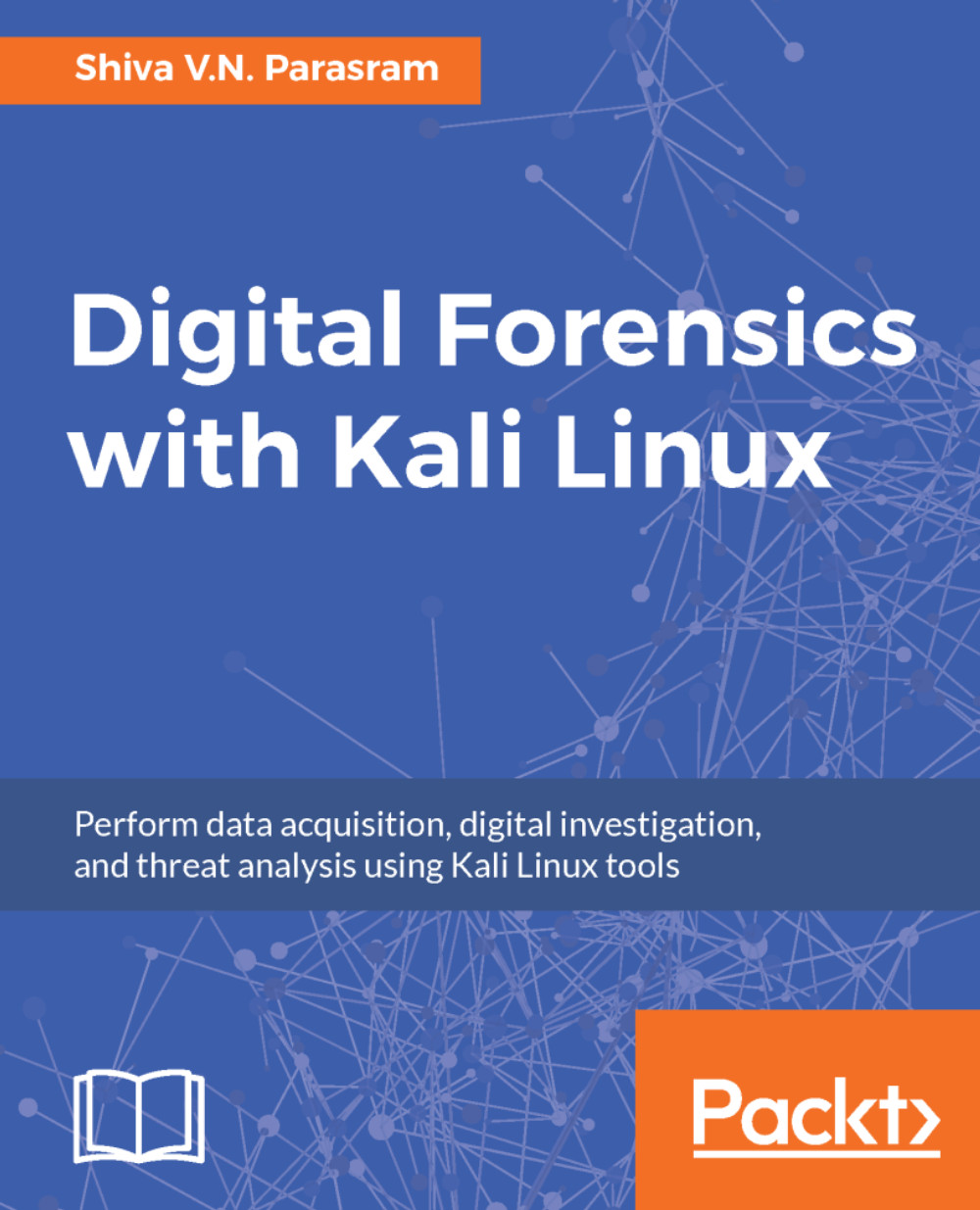Overview of this book
Kali Linux is a Linux-based distribution used mainly for penetration testing and digital forensics. It has a wide range of tools to help in forensics investigations and incident response mechanisms.
You will start by understanding the fundamentals of digital forensics and setting up your Kali Linux environment to perform different investigation practices. The book will delve into the realm of operating systems and the various formats for file storage, including secret hiding places unseen by the end user or even the operating system. The book will also teach you to create forensic images of data and maintain integrity using hashing tools. Next, you will also master some advanced topics such as autopsies and acquiring investigation data from the network, operating system memory, and so on. The book introduces you to powerful tools that will take your forensic abilities and investigations to a professional level, catering for all aspects of full digital forensic investigations from hashing to reporting.
By the end of this book, you will have had hands-on experience in implementing all the pillars of digital forensics—acquisition, extraction, analysis, and presentation using Kali Linux tools.



 Free Chapter
Free Chapter

